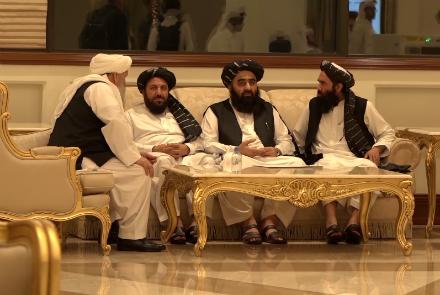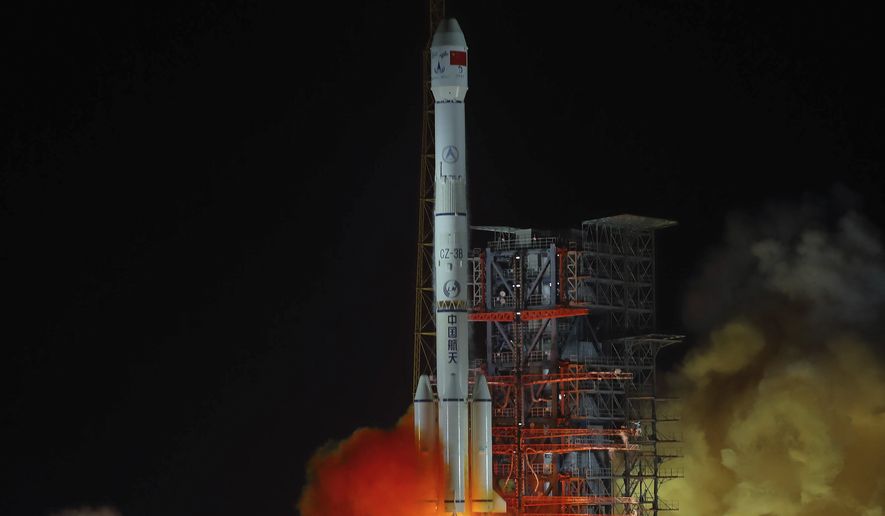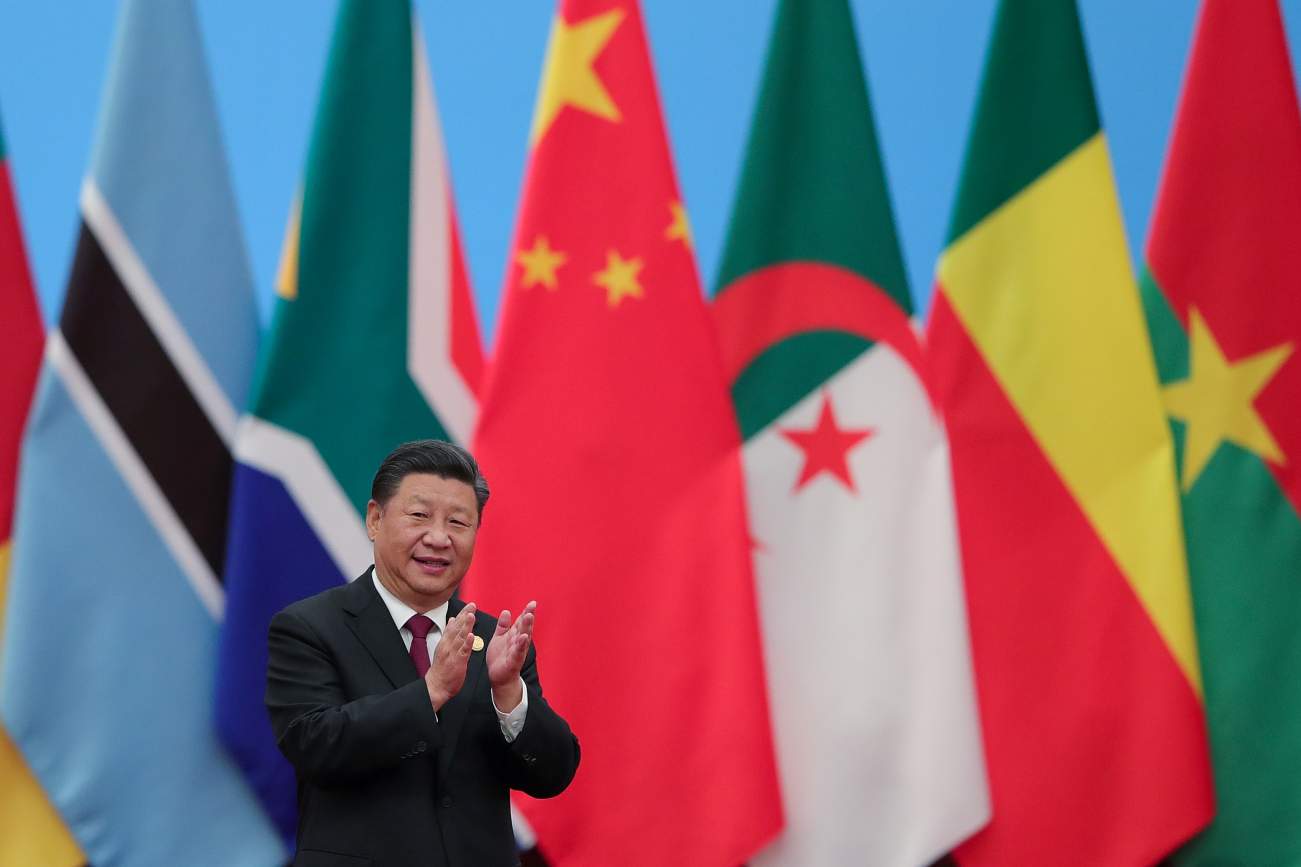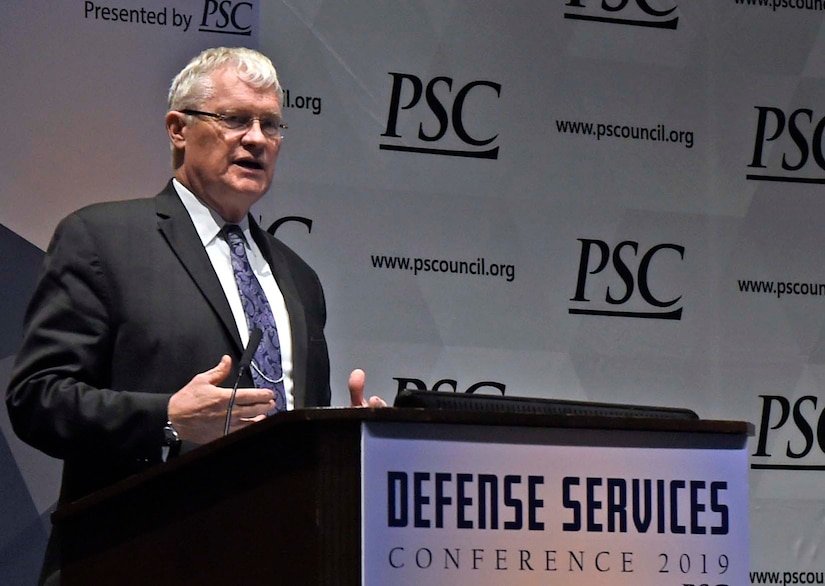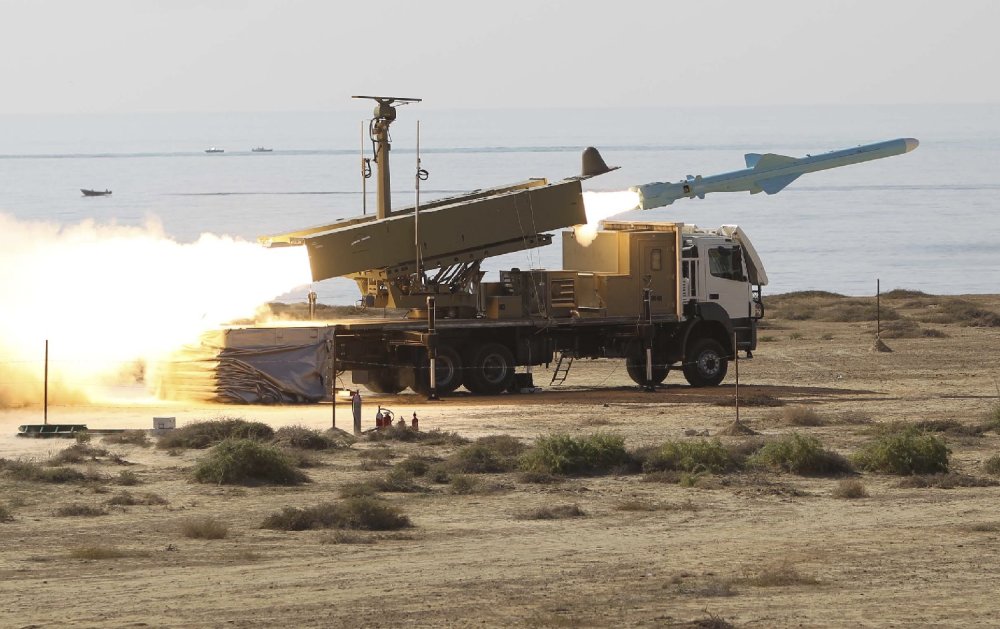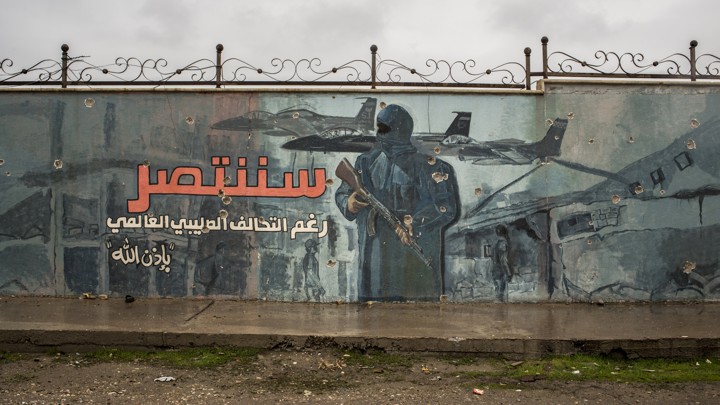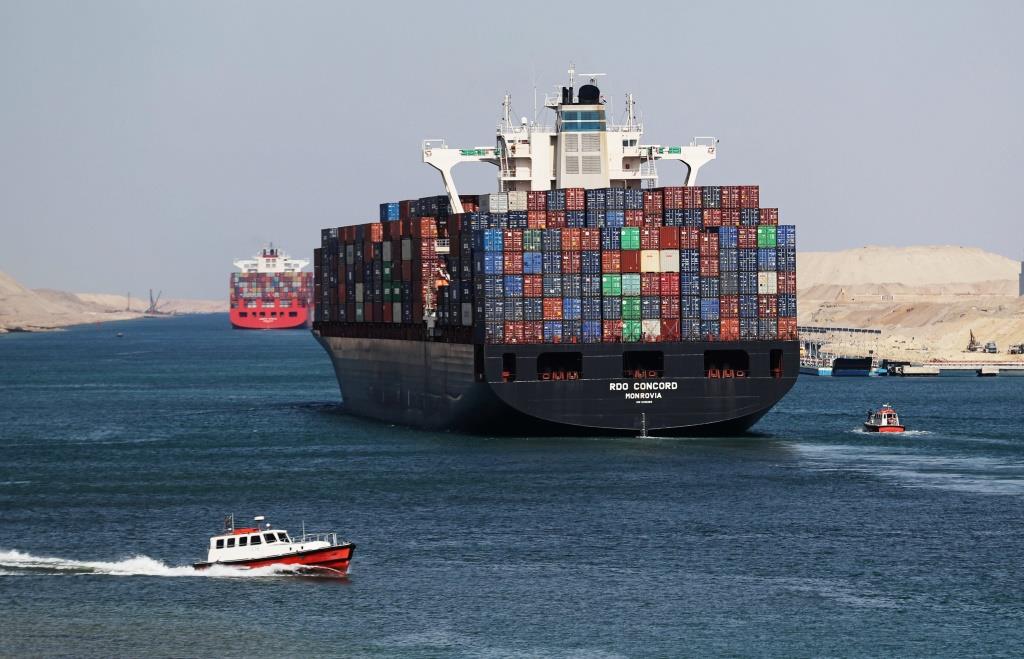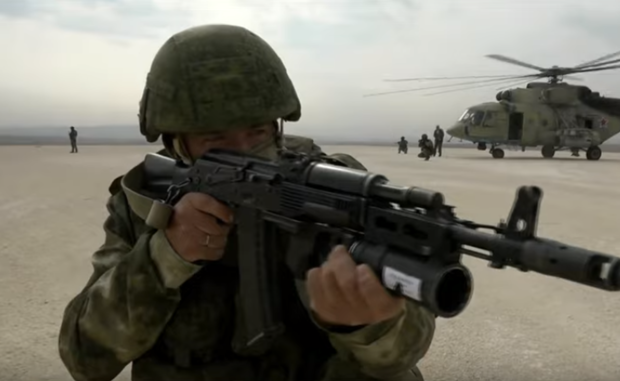By: Michael W. S. Ryan
Al-Qaeda leader Ayman al-Zawahiri’s long-game strategy has created international networks with the ultimate intention of creating a united Islamic Emirate to take the place of the lost Ottoman Caliphate, across a continuous band from Turkistan to the Atlantic coast. [1] Bruce Hoffman brought the implications of al-Qaeda’s expansive international presence, including countries beyond Zawahiri’s traditional caliphate, into bold relief over a year ago when he argued that al-Qaeda “should now be considered the world’s top terrorist group.” [2] A renewed look is especially important now that the United States has shifted its national security priorities away from counterterrorism in the Greater Middle East and North Africa to focus on the threats posed by Russia and China. Now, President Donald Trump has also signaled his intention to abandon the successful American counterterrorism strategy that is based on strategic relationships with local partners who provide ground forces and are assisted by small cadres of American Special Forces.
While the world press has been focused on the potential resurgence of Islamic State (IS) in Syria and Iraq in the aftermath of the fall of the physical caliphate and the death of its self-declared caliph, Abu Bakr al-Baghdadi, a serious threat may emerge from al-Qaeda’s networks of like-minded Jihadi-Salafist groups. Many IS fighters in Syria are not Syrians. Academic studies and past experience have shown that once converted to an extremist ideology, such individuals resist surrendering to reason. If they escape from Syria, do they return to another prison in their home countries, or do they travel to another “hot jihad” location with an IS affiliate in Egypt or North Africa, or perhaps this time disappear into al-Qaeda’s networks? [3] Like others before them, will Egyptians with significant experience fighting with Jihadi-Salafist groups in Syria or Iraq decide to find their way to use their battle skills in the Sinai or elsewhere in North Africa? Al-Qaeda’s online voices are suggesting that IS fighters join them in a common struggle against the forces of unbelief. Could IS under its new caliph, Abu Ibrahim al-Hashemi al-Qurayshi, allow cooperation in the field with al-Qaeda networked groups without requiring a formal alliance? While this decision will likely come slowly, if at all, in the battlefields across the Greater Middle East and Africa, the lines between IS and al-Qaeda have begun to blur. If the recent past has one lesson, Sinai could provide logistical and command links from the central Muslim lands into the active fields of jihad in North Africa, the Sahel, and sub-Saharan West Africa.
 Last week, India and Singapore held this year’s iteration of the defense ministers’ dialogue between the two countries. The dialogue spotlighted some of the ongoing efforts by both countries to make further inroads in their security ties amid wider domestic and regional developments.
Last week, India and Singapore held this year’s iteration of the defense ministers’ dialogue between the two countries. The dialogue spotlighted some of the ongoing efforts by both countries to make further inroads in their security ties amid wider domestic and regional developments.
